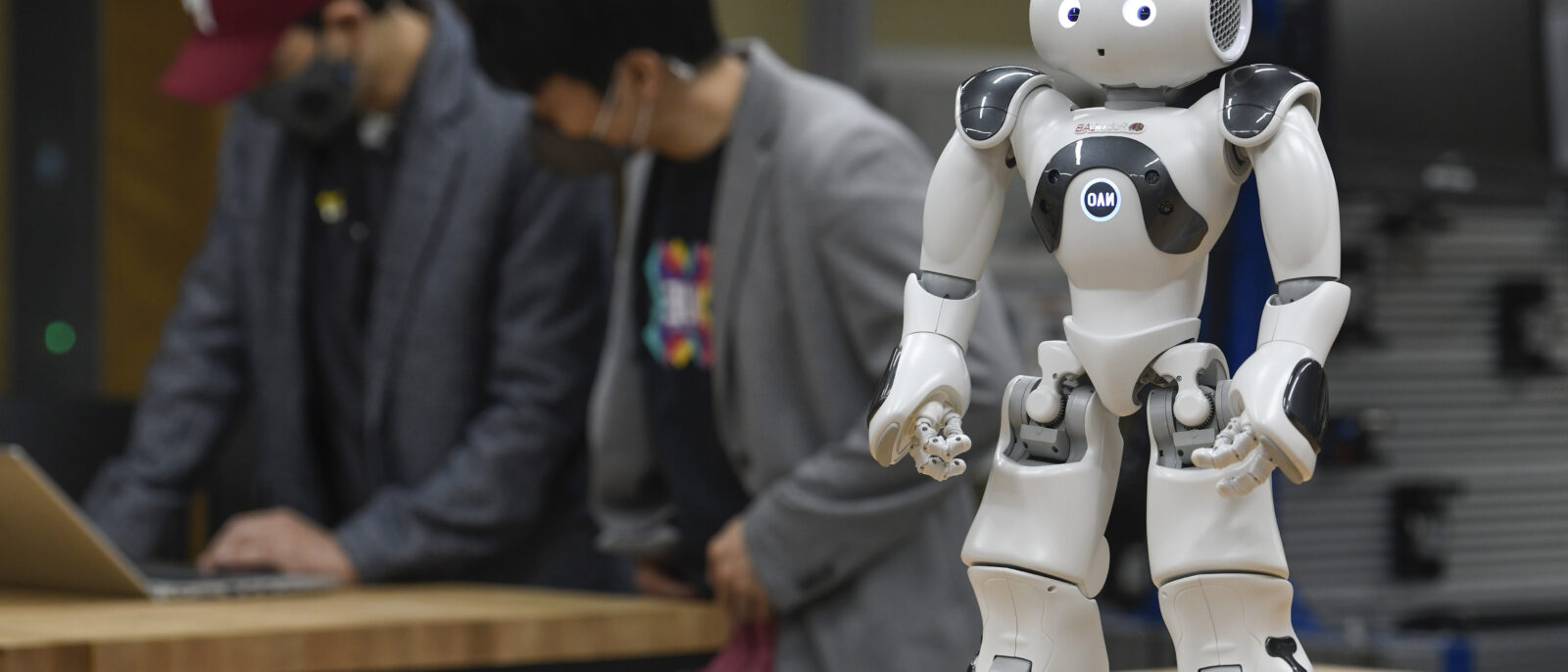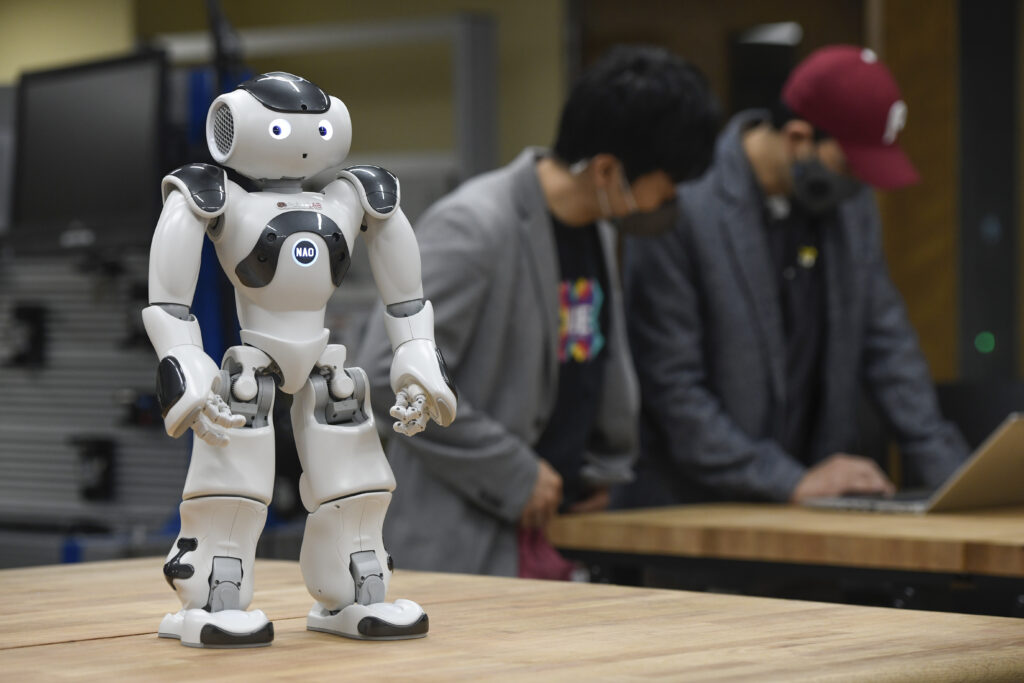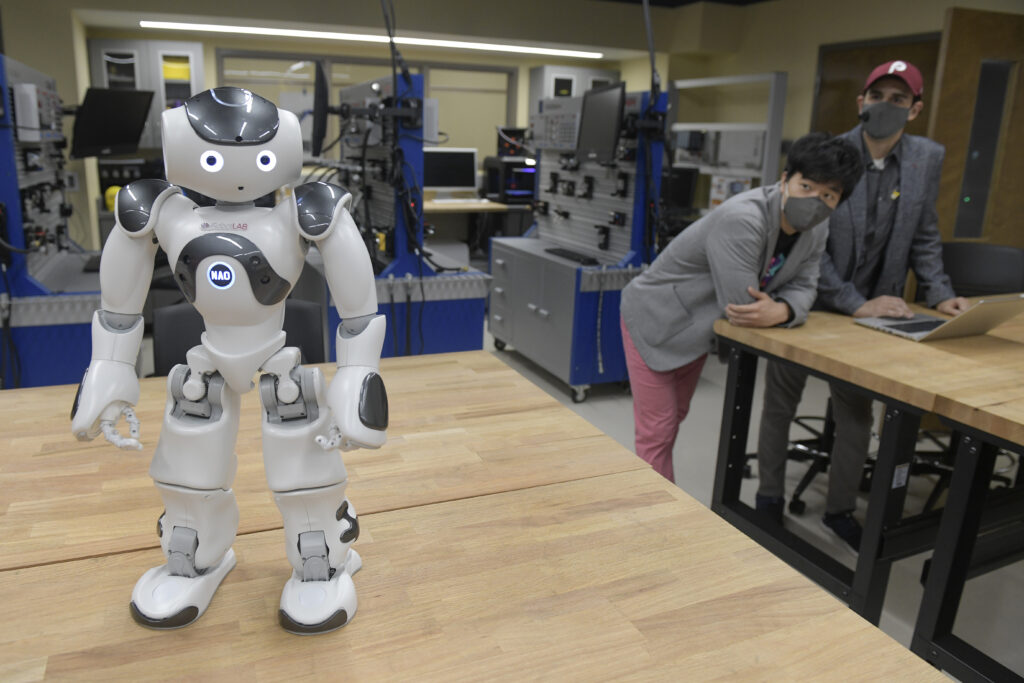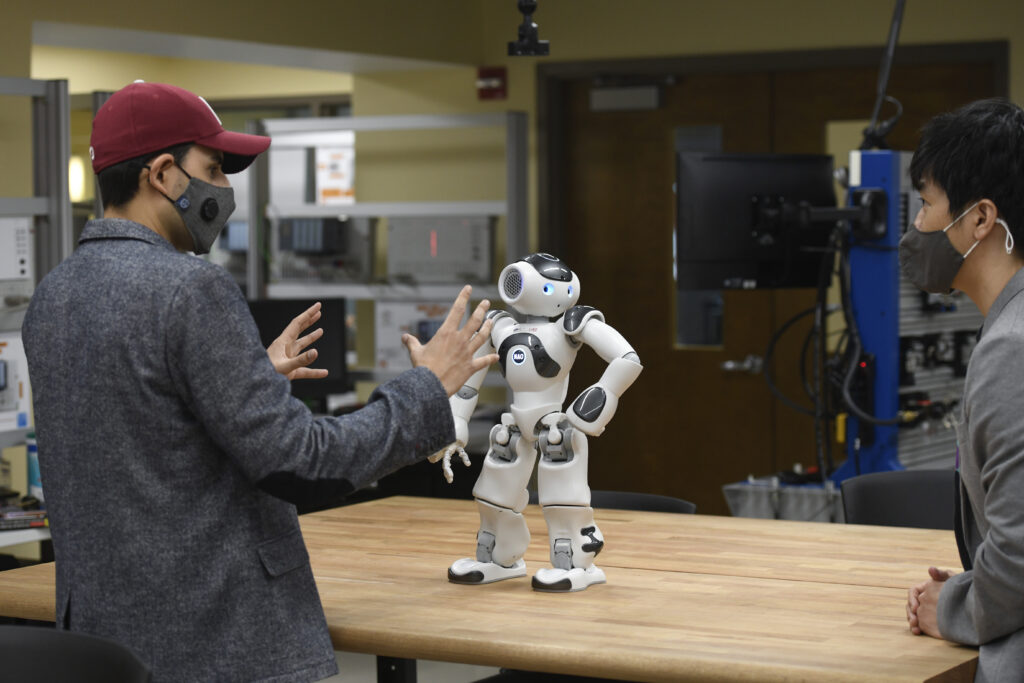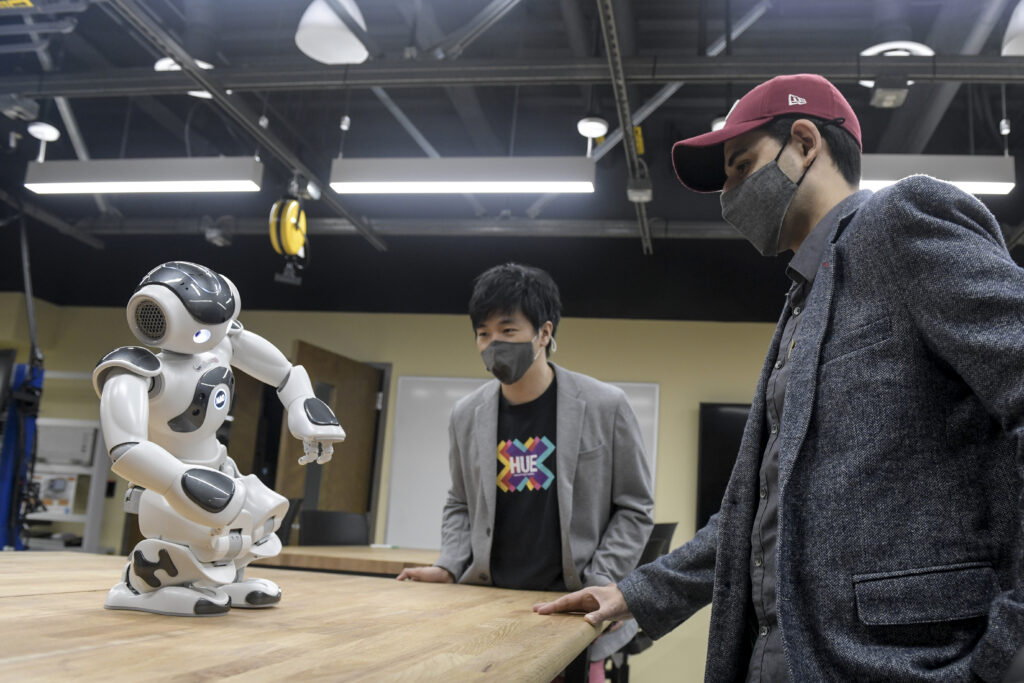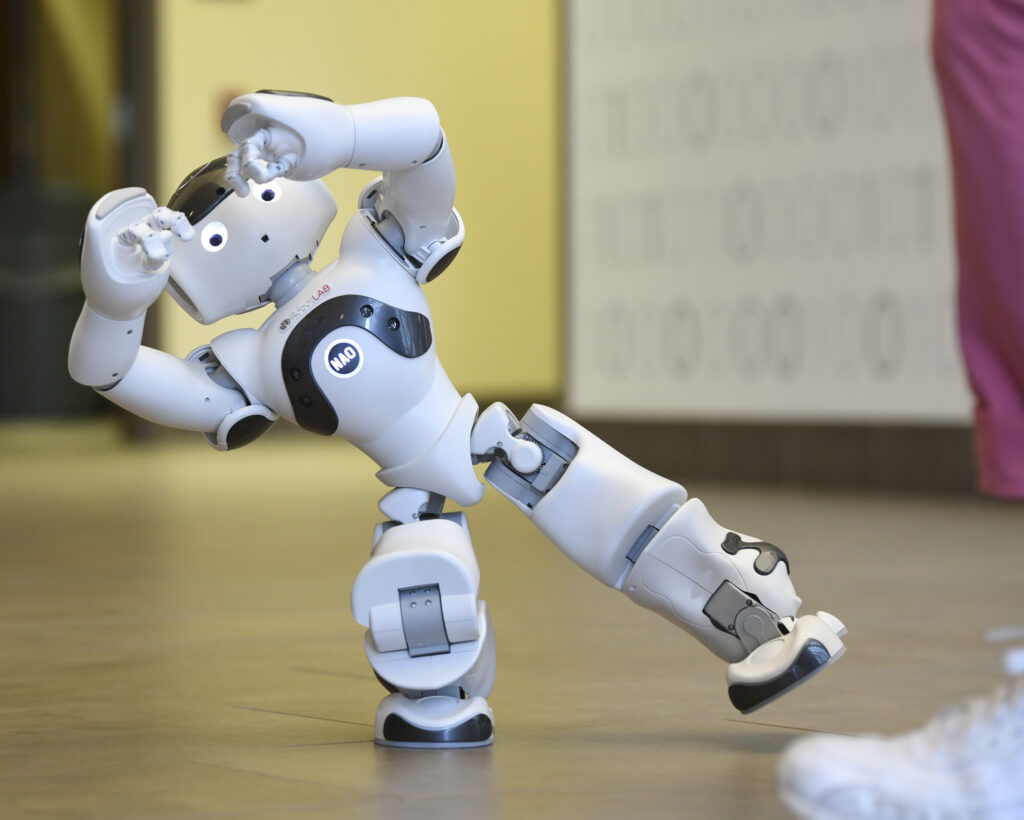Although the advantages of robotics in the workplace are boundless, most robotic implementation historically took place in industrial settings.
That no longer is the case.
The speed at which robots have infiltrated nearly every aspect of our lives, e.g. chatbots and social robots, is disrupting business as usual, especially in the service and transportation industries.
Economists have long argued that the constant evolution of robotics will naturally balance markets, keeping a low unemployment rate with the emergence of new labor opportunities. But the creation of educational support systems to help train workers or retrain themselves has not kept pace with the rapid emergence of robotics. Nor does a blueprint exist that clearly defines what are acceptable and unacceptable robotics practices.
These factors have led the Social Robotics Lab at Harrisburg University to move into real-world experiments with the acquisition of NAO, a humanoid robot designed for human interaction by SoftBank, Japan.
“We are currently exploring what determines our acceptance of being served by a robot,” said Computational Social Science Professor Andre L’Huillier. “For example, in the context of healthcare, at what extent can a robot attend a patient for a regular appointment? Usually, the patient is fine with providing basic information like their address and who their healthcare provider is.”
“But even if the robot is highly eloquent, it is very doubtful that a patient would feel safe and taken-care of if he or she would follow life-changing decisions made by the robot,” L’Huillier added. “The boundary between what is acceptable and what is unacceptable is very unclear; that is why recognizing new situations where a robot does satisfy all parties is critical. Knowing this would allow nurses and doctors to gain time and improve their service too.”
L’Huillier and HU professor Wei-Kang Kao have partnered with professors Kevin So and Chen-Wei Tao of Oklahoma State University to develop two sets of experiments. One involves a large, online survey that will provide an in-depth analysis of the main factors discussed in service robotics. The second project considers the use of a robot that goes by the name, “Pepper.”
The collaboration also involves graduate students. Lin-Chun Wang, Felix Farinola, Esther Nwogu, and Bo Wan, all HU students enrolled in master’s degree and Ph.D. programs. A third project is being developed with this student team that involves the human voice as a distinctive factor in robotics.
“The disruption of robots at work is all around us and it presents big changes in its horizons,” L’Huillier noted. Industrial work was the first to gain traction (e.g., robot arms in factory assembling) and we now see robots in every moment of our life, most of them labeled as bots (only software). Watching news about innovative models is common and we expect that transport (e.g., self-driving cars) and service (e.g., chat-bots or social robots) will also be heavily disrupted. At the Social Robotics Lab at Harrisburg University, we want to contribute to this cutting-edge field for a better transition onto future markets.”
ABOUT HARRISBURG UNIVERSITY
Accredited by the Middle States Commission on Higher Education, Harrisburg University is a private nonprofit university offering bachelor and graduate degree programs in science, technology, and math fields. For more information on the University’s affordable demand-driven undergraduate and graduate programs, call 717-901-5146 or email, Connect@HarrisburgU.edu. Follow on Twitter (@HarrisburgU) and Facebook (Facebook.com/HarrisburgU).
